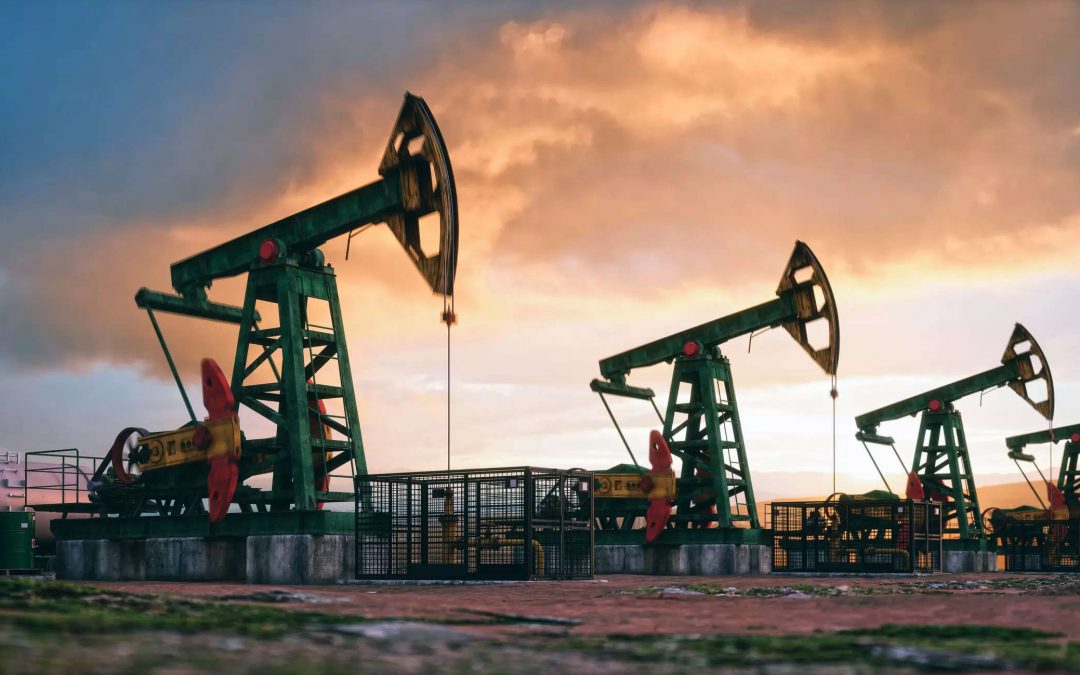The significant increase in Canada’s TMX heavy crude exports from Vancouver to Asia, which have nearly tripled since May, is expected to bolster Aframax freight rates with more tonnage being placed in the region, while potentially reducing Middle East crude movement into Pacific markets, several market participants said Sept. 24.
“There is no major repositioning of Aframaxes as of now but as the TMX pipeline inches toward full capacity utilization, the demand is bound to go up and push Aframaxes westward,” said an Aframax broker in Singapore.
He said the gradual rise in demand for Canada’s Access Western Blend grade crude in Asia could lead to a minor shift of Aframax tankers to the US West Coast and in turn decrease their supply in Asia.
Currently, there is sufficient availability of Aframaxes in the USWC, but when demand rises next year and if earnings turn attractive, such a repositioning of tankers is possible, the source added.
Freight rates for Vancouver-China and Vancouver-California voyages presently fetch owners up to $3 million and $1.75 million, respectively, which offers around $81,000/d and $45,000/d as returns, respectively, sources said.
In comparison, the Aframax freight rate on the Indonesia-Australia route was at w129.5, down from the year-to-date high of w174 in end-May, according to Platts data from S&P Global Commodity Insights.
This translates into a current daily earning of around $27,000, brokers said.
If owners anticipate higher earnings from loading Canadian crude, they may experiment by sending some of their Aframaxes to the US West Coast or Canada. However, this strategy could backfire if many owners relocate their tankers at the same time, likely increasing supply in the region and driving down rates, sources cautioned.
Meanwhile, Canadian crude exports from Vancouver have increased demand for Aframaxes to perform reverse lightering — a process of discharging cargo into VLCCs.
Since May, two VLCCs have headed to the Pacific Area Lightering, located off the coast of Southern California, each month for reverse lightering from Aframaxes, according to a shipbroker.
“TMX exports have created a demand for around eight Aframax reverse lighterings each month,” the broker said.
“However, with VLCCs now able to discharge directly again at [Thailand’s] Map Ta Phut [port], that demand has been offset, leaving the Aframax market in Southeast Asia relatively unchanged,” the broker added. The lightering of VLCCs had been halted in Map Ta Phut for over two years.
Rising Canadian exports may affect VLCC rates
The surge in Canadian sales may impact shipments from the US Gulf Coast and the Persian Gulf over the next year, putting pressure on VLCC freight rates, as US West Coast refineries now have the option to source larger volumes from Vancouver instead of other origins, some market participants said.
“The Vancouver-loading Aframaxes are not always affected by the weakening of the VLCC freight. Depending on the import requirement, both direct shipments on Aframaxes from Canada and on VLCCs, as well as via transfer on the USWC, were on the rise,” said an executive involved in the TMX pipeline project.
Currently, the pipeline is operating at two-thirds capacity. Once it reaches its full capacity of 890,000 b/d, demand for both Aframaxes and VLCCs for loading this crude will increase substantially, according to the executive.
Shifting market dynamics have led a Chinese refiner to commit to purchasing 6 million barrels of AWB to replace Iraq’s Basrah Heavy crude grade, which shipping sources indicate is cheaper even after factoring in freight costs for Aframax tankers.
Additionally, an Indian refiner has purchased the same AWB grade crude for VLCC loading from PAL, highlighting the growing interest in west coast Canadian crude, sources said.
Direct shipments vs. VLCC transfer
“Rongsheng uses Aframaxes due to their lower demurrage costs compared to VLCCs, despite the longer laytime,” said a third Singapore-based Aframax broker.
TMX crude oil will remain competitive because the sailing time from Vancouver to East China is less than half the duration compared to crude loaded from the US Gulf Coast, the broker added.
Rongsheng Petrochemical’s executives could not be reached for comment.
So far, more than 15 VLCC shipments have been made after lightering at PAL, while 10 Aframaxes have moved cargoes directly from Canada to China, sources said.
At present, shipping TMX crude on a VLCC saves a charterer around $500,000, down from $750,000 in May, compared with direct Aframax shipments of the same combined quantity on the Vancouver-East China route. This saving fell due to the rise in freight rates, brokers said.
Freight rates from Vancouver to East China on Aframaxes have ranged from $2.8 million to $3 million since May, amounting to $12 million for separate shipments of four cargoes. An Aframax typically carries 80,000-90,000 metric tons of crude.
A VLCC, which carries 270,000-280,000 metric tons of crude, is capable of replacing between three to four Aframaxes and can move that volume for around $11.5 million.
This includes the cost of bringing the TMX pipeline cargo from Vancouver to the USWC, the lightering cost at PAL, 15 days of VLCC demurrage and three days of Aframax demurrage for each transfer, sources said.
Source: Platts





